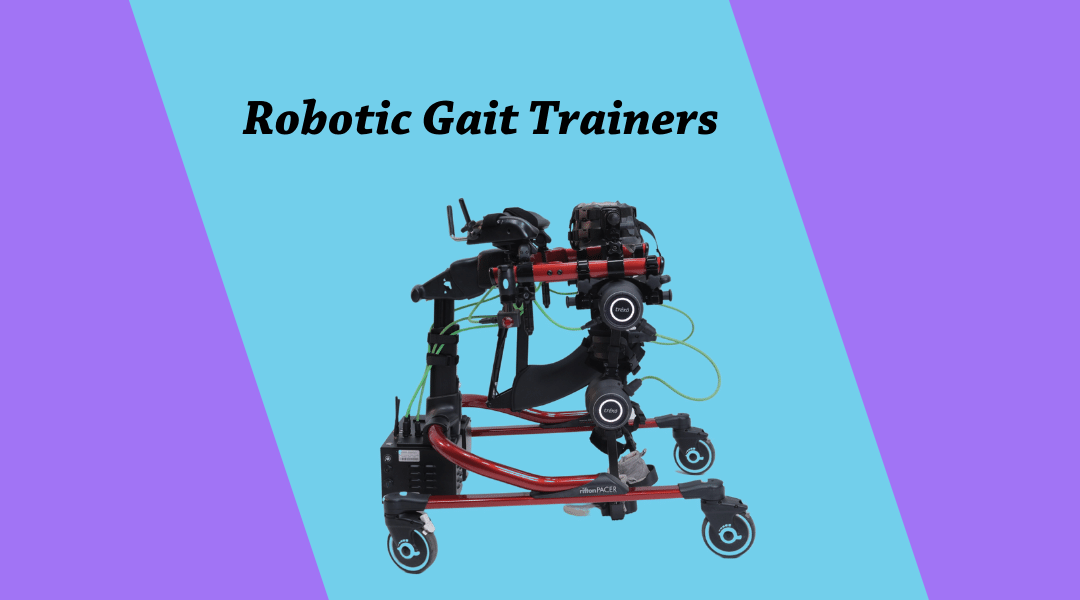We are thrilled to be embraced by our community and to see awareness growing. Any time we experience growth and have new followers and readers, I think it’s a good time to step back and cover the basics. I want to educate our new community members and ensure they truly understand what Trexo is and how it works.
We can see the looks on people’s faces when they see the Trexo for the first time. I know my face showed everything I felt the first time I saw a Trexo. It’s unlike anything I have seen before.
So today I am going to jump in and give an overview of what the Trexo is and why it is so important to kiddos with a disability or kiddos who are working to come back from an injury.
My focus here is kiddos because the Trexo Robotic Gait Trainer is designed for children. The device is built for a maximum weight of 150 pounds and a maximum height of five feet nine inches.
Children with a disability or who have suffered a pediatric stroke, spinal cord injury, traumatic brain injury, or birth injuries resulting in neurological disorders, often experience challenges with ambulation.
Gait training is an important component of rehab. Gait trainers are devices used to assist individuals with mobility challenges, as they learn/relearn to weight-bear and walk.
Gait trainers are widely used in physical therapy and at home.
As with most things, gait trainers have evolved and robotic gait trainers have emerged as a new tool for gait training.
What is a robotic gait trainer?
A robotic gait trainer is a device that uses robotic technology to assist individuals with mobility challenges to stand and walk. It is a medical device controlled by a computer or tablet, that simulates movement of the legs and provides support for the user.
Robotic gait trainers provide a more natural gait pattern than traditional gait trainers, which can lead to better outcomes.
In addition to the robotic legs on Trexo, we also offer postural support through a Rifton Dynamic Pacer.
How does a robotic gait trainer differ from a gait trainer?
Traditional gait trainers are typically non-motorized devices that provide support for the user while walking. They are designed to provide support and stability. However, where traditional gait trainers lack in comparison to a robotic gait trainer is in their inability to provide feedback that allows for adjustment based on the user’s needs.
Benefits of robotic gait trainers
There are several benefits of using robotic gait trainers.
- Robotic gait trainers are controlled by software that gets data from sensors and motors, to allow for adjustments to be made on things like steps per minute and effort initiated by the child versus the robot
- They provide a more natural gait pattern
- They provide real-time feedback to the user, which helps the user adjust their gait pattern as needed
- They can adjust the level of support and resistance based on the user’s performance, which can provide a more challenging and effective training program
Trexo Home is the only at-home pediatric robotic gait trainer available. In addition to the Trexo Home, we also offer the Trexo Plus – a system designed for use in rehab facilities.
Looking for more information? Check out these resources:
Learn more about how Trexo has benefitted kiddos in our community
Access our Frequently Asked Questions Guide to learn more about Trexo Home


Recent Comments